Student-athletes always look for ways to improve their performance and take their game to the next level. Wearable devices can be a powerful tool for students, helping them to measure their progress and adjust their techniques.
Here are ten ways wearable devices can help advance student training.
1. Set Reminders
Students have many tasks, such as attending classes, studying, completing assignments, and taking exams. Wearable devices can be used to set reminders for these tasks. This can help students manage their time better and ensure they don’t forget important deadlines or training sessions.
This way, when an assignment deadline coincides with a training session, students will have sufficient time to delegate the task to professional paper writing services or essay writing apps and focus on the training. Students can also set reminders for other tasks such as social meetings, part-time jobs, etc.
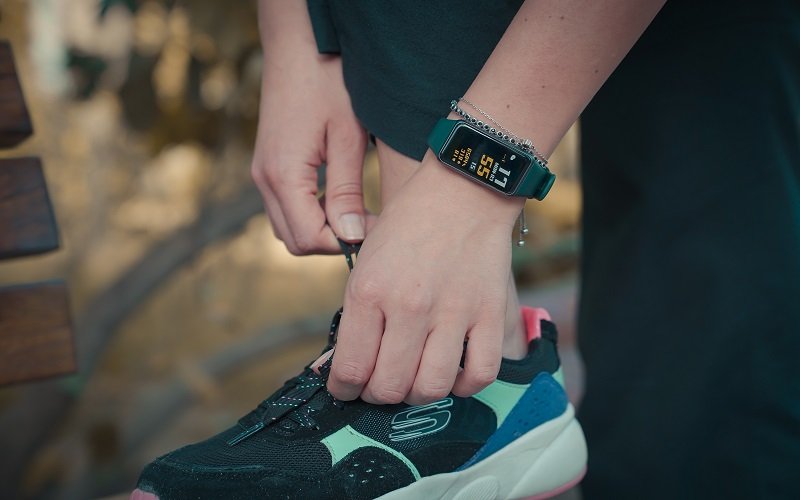
2. Track Key Metrics
Smart wearable devices can help track key metrics such as heart rate, oxygenation, blood sugar, distance, speed, and cadence. This can help students analyze their training progress and identify areas for improvement.
Wearable devices can also provide real-time feedback during training sessions. This will enable students to adjust their workouts to maximize their performance.
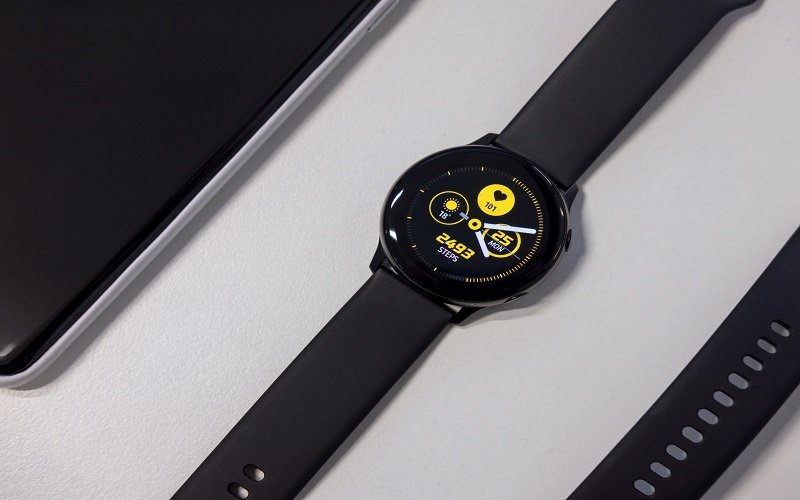
3. GPS tracking
Some wearables provide GPS tracking and route mapping. Needless to say, this feature can be an immensely valuable tool for students. Firstly, GPS tracking is useful for navigation during outdoor activities. For example, it can help runners to navigate trails and terrain more easily.
Furthermore, GPS tracking can also track an individual’s fitness activity, such as running, cycling, and hiking. It can provide useful data such as distance, speed, and elevation that can be used to monitor progress and set goals.
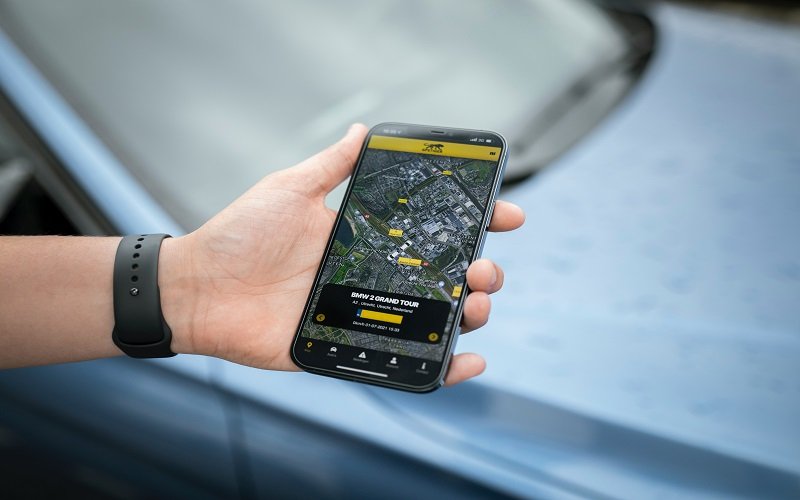
4. Monitor Fatigue
As noted above, one of the main issues students face is work overload. Smart wearables can also help student-athletes monitor their fatigue levels by tracking their sleep patterns and activity levels.
The data collected can be used to identify patterns that indicate when they are feeling fatigued. Additionally, wearables can set reminders and alarms that remind students when to take breaks or get adequate rest. These devices can also be useful in understanding how different activities affect fatigue levels.
5. Enhance Collaboration
Wearable devices, especially smartwatches, come with instant communication and messaging capabilities. This allows students to constantly contact their team members and coaches regardless of their location. This can be particularly helpful during practices and games when communication is key.
Moreover, wearable devices can help student-athletes stay accountable to each other and their coaches. For example, fitness trackers provide access to key metrics, so students must perform well when they are part of the team.
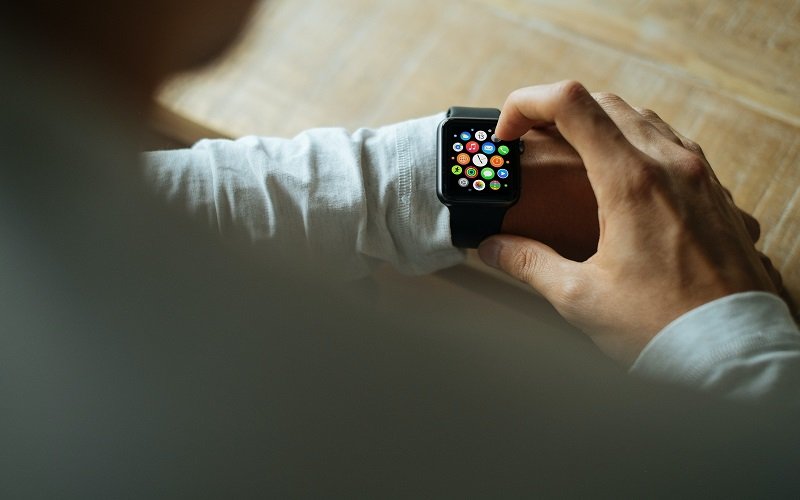
6. Personal Motivation
Students can also use wearable devices to stay motivated. For instance, many wearable devices include gamification features such as challenges and badges. This can make fitness and other activities more engaging and fun for students. In fact, this is a great example of how technology can help students learn and function better.
Moreover, wearable devices often have social features allowing students to share their progress. This can create a sense of accountability and motivation and provide support and encouragement from peers.

7. Injury Prevention
Wearables can provide feedback on posture and form. For instance, advanced smartwatches and fitness bands can monitor movement patterns. This can help students adjust their technique to reduce their risk of injury.
Students can also set reminders on their devices for stretching and warm-ups before starting a training session. This will be useful to reduce the risk of muscle strains and other injuries.
8. Nutrition Tracking
Nutritional tracking isn’t a feature available on all wearable devices. However, wristband models such as GoBe2 and Healbe Corp have such an option. These wearable devices are equipped to track their users’ food intake and monitor their nutritional goals.
Interestingly, some devices can even provide personalized recommendations based on a student’s nutritional needs and goals. For example, they may recommend certain foods or meals based on the user’s activity level, age, and weight. Tracking food might not be a priority for students, but with wearable devices, they will be able to get a better grasp on their nutritional intake.
9. Boost Productivity
While student-athletes spend most of their time focusing on their chosen sport, it is also important for them to stay on top of their academic requirements by studying every important subject and delegating the rest to essay-writing services. This is where productivity gadgets, especially wearable devices, come in.
Many wearable devices can track a user’s time on certain activities or tasks. This information can help students to identify areas where they are spending too much time and make adjustments to optimize their productivity.
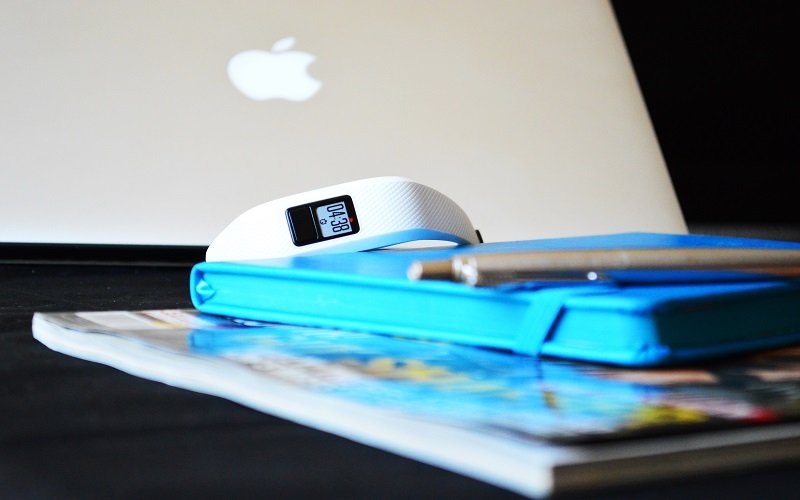
10. Focus on Mental Health
The best wearable devices today can host third-party apps. This means that students can download mindfulness and meditation apps to their devices. These apps can guide them through breathing exercises and other relaxation techniques, which can be useful for students to calm themselves during tests or before a competition.
In addition, some wearable devices use biofeedback to help users manage stress and anxiety. For example, a device may provide feedback on heart rate variability, which can be used to gauge stress levels. Some of these devices can play ambient noise, such as white noise or nature sounds, which can help students relax and focus.
Conclusion
Wearables can be a valuable tool for student-athletes who want to improve their performance. Not only do they provide feedback on key metrics, but they can also help athletes set goals, track progress, monitor fatigue, and prevent injuries.
By taking advantage of the features offered by wearable devices, student-athletes can gain valuable insight into their performance and make informed decisions to improve their training.
